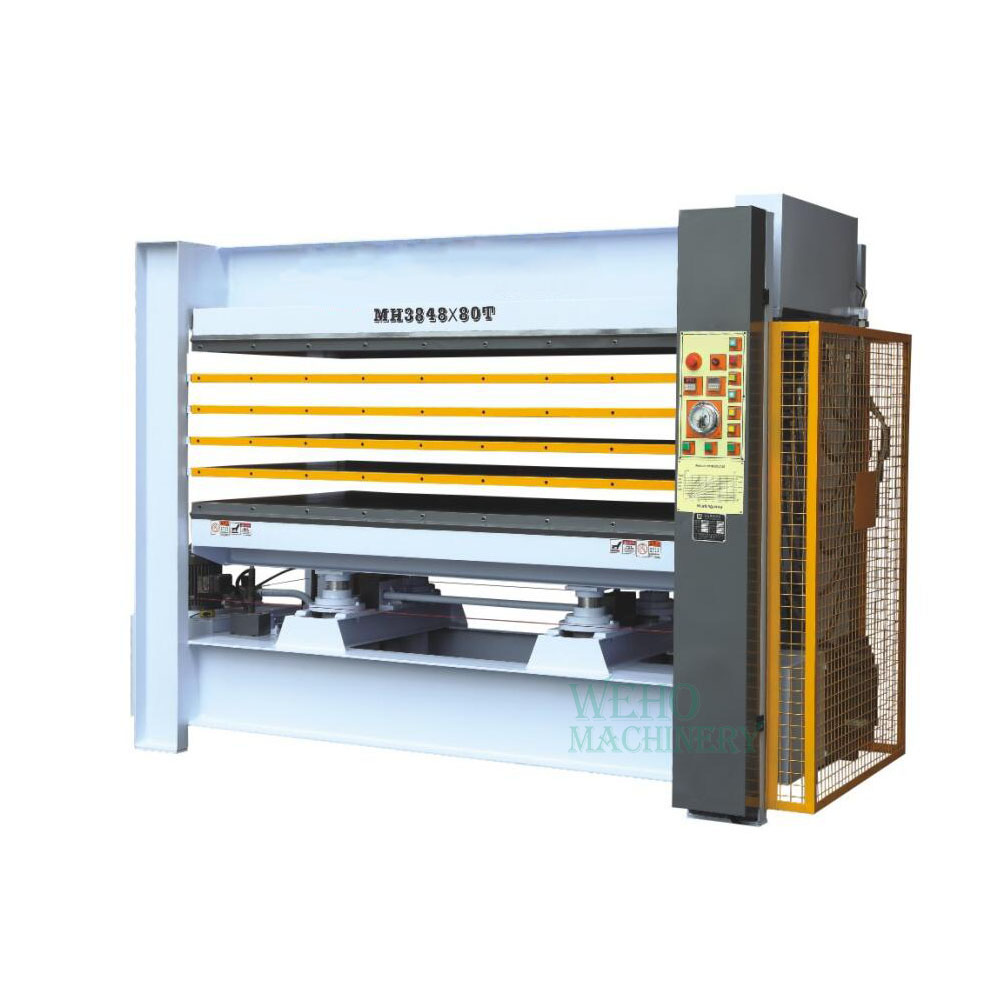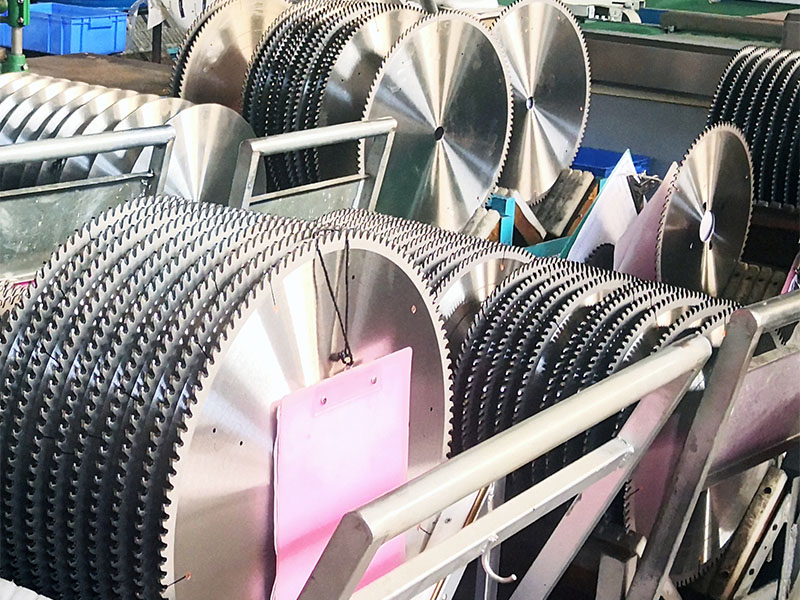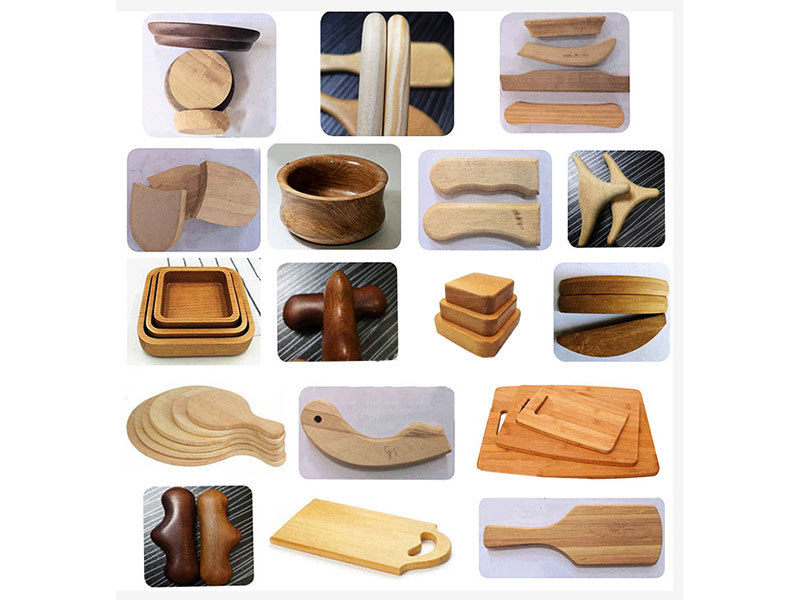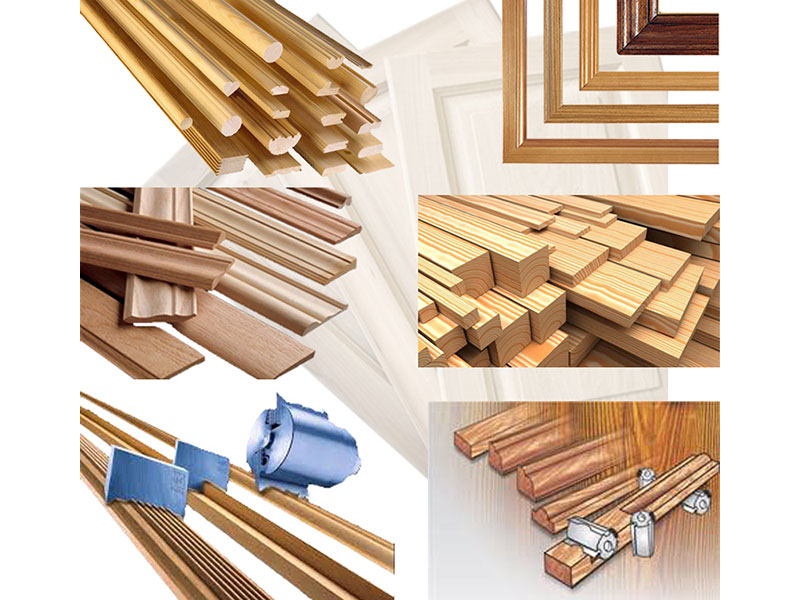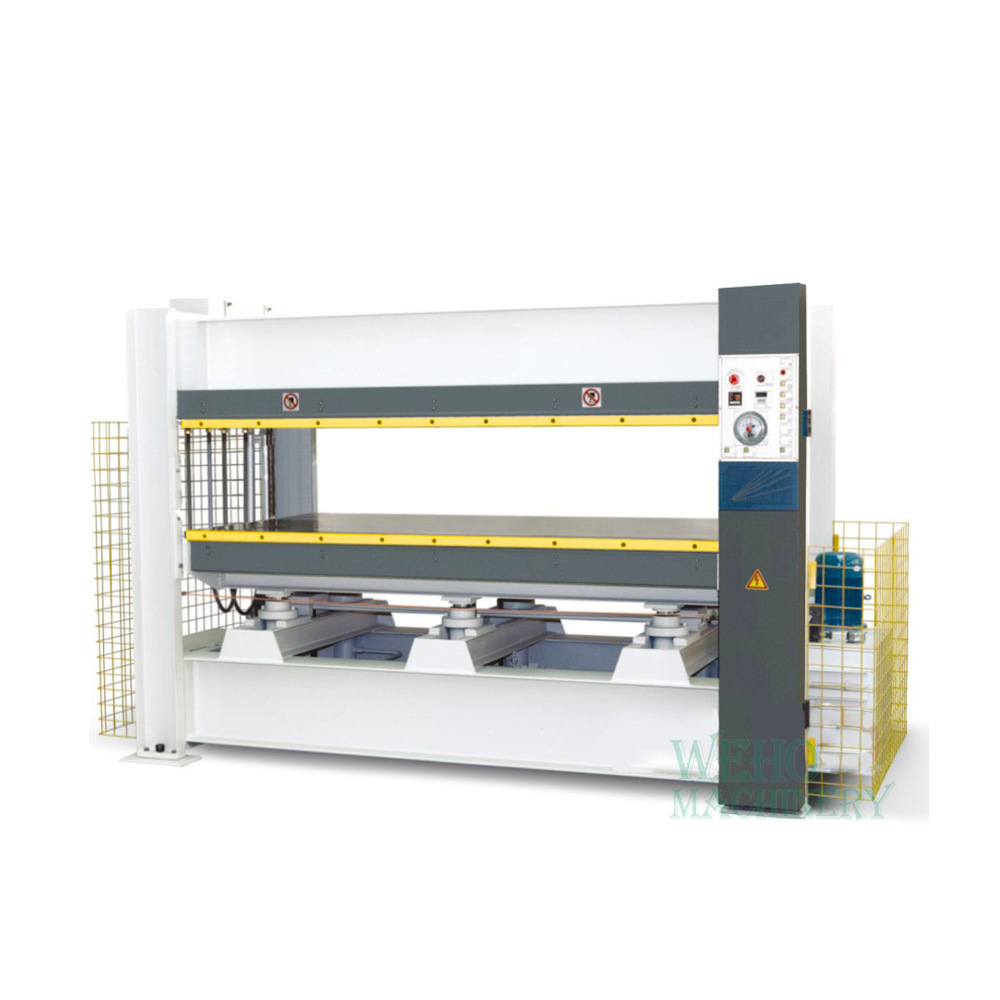
How To Choose The Right Hot Press Machine For Wood?
Hot press machines are vital tools in the woodworking industry, particularly for producing high-quality plywood and laminated products. These machines operate by applying heat and pressure simultaneously, activating adhesive resins and ensuring strong bonding between layers of wood. This article will guide you through the essential factors to consider when selecting the right hot press machine for your woodworking needs.
Understanding Hot Press Machines
A hot press machine uses heated platens to bond layers of wood together under high pressure. The process involves three critical elements: heat, pressure, and time. Heat is generated through electric or steam heating systems, which raise the temperature of the platens to facilitate quick adhesive curing. Pressure is applied using hydraulic or pneumatic systems to ensure that the layers are tightly compressed, resulting in a durable final product.
Advantages of Hot Press Machines
Hot press machines offer several advantages:
-
Speed: They significantly reduce production time by accelerating adhesive activation.
-
Quality: Controlled heat application ensures consistent bonding quality across all products.
- Versatility: These machines can handle various materials beyond plywood, making them suitable for diverse woodworking applications.
Key Factors to Consider
When choosing a hot press machine, consider the following factors:
-
Production Volume: Assess your production requirements. For high-volume operations, opt for machines with advanced heating systems and larger platens. For smaller projects, a machine with adjustable settings may suffice.
-
Type of Wood Products: Consider the specific products you plan to manufacture. If you require robust bonding capabilities for plywood or laminated products, select a high-quality hot press that can handle varying thicknesses and materials effectively.
-
Budget: Evaluate your financial resources. Hot press machines typically have higher upfront costs, so consider both initial investment and long-term operational costs, including energy consumption and maintenance.
-
Space Availability: Ensure your workshop can accommodate the machine's dimensions while allowing for safe operation and proper ventilation.
Essential Features
When selecting a hot press machine, certain features can enhance efficiency and usability:
-
Heating System: Choose between electric heating for quick temperature adjustments or steam heating for more uniform heat distribution.
-
Control Systems: Advanced digital controllers allow precise adjustments in temperature, pressure, and timing, improving overall performance.
- Pressure Mechanism: Hydraulic systems are preferred for their ability to exert consistent pressure across large surfaces.
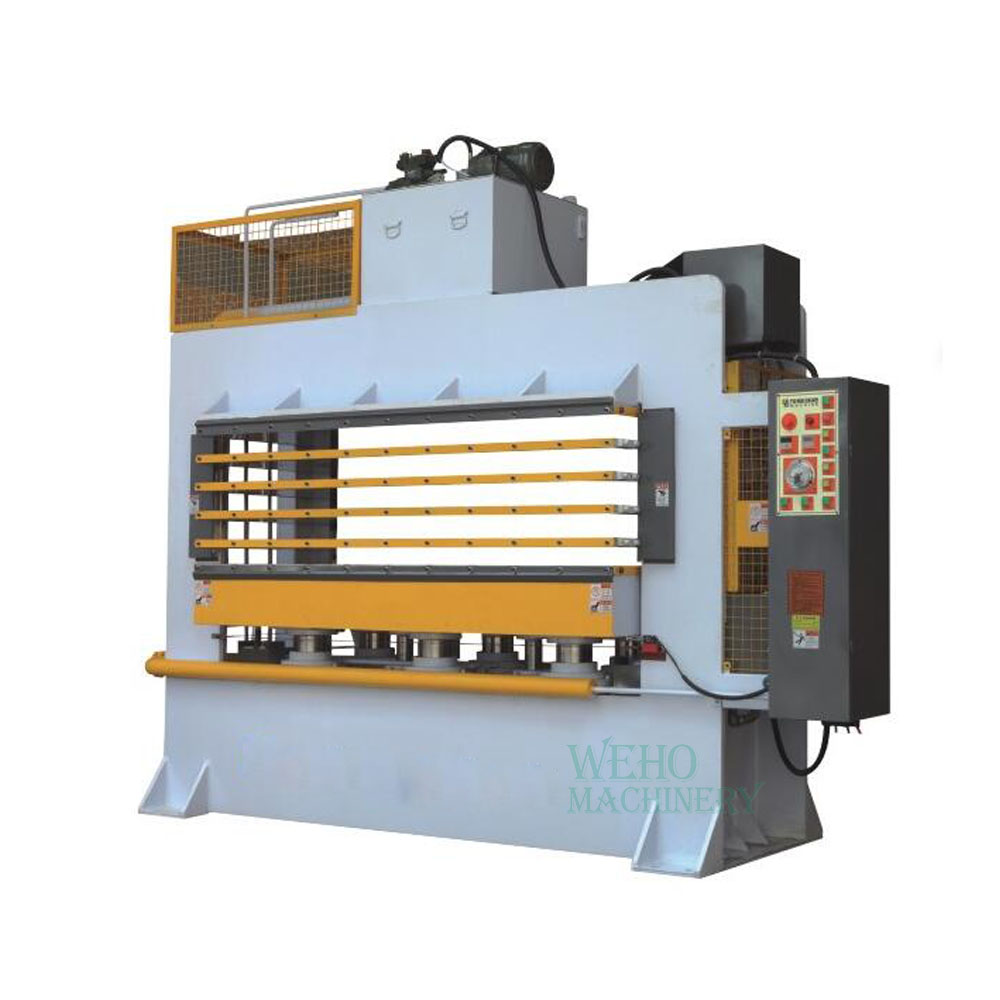
Hot Press Machine
Maintenance Tips
To ensure longevity and optimal performance of your hot press machine, consider these maintenance practices:
-
Regular Cleaning: Keep platens free from adhesive residue to prevent contamination during pressing cycles.
-
Lubrication: Ensure moving parts are adequately lubricated to avoid wear and tear.
-
Inspection: Conduct regular inspections of electrical components and heating elements to detect issues early.
Conclusion
Choosing the right hot press machine involves careful consideration of your production needs, budget constraints, available space, and desired product quality. By understanding the functionalities of hot press machines and evaluating key features like heating systems and control mechanisms, you can make an informed decision that enhances your woodworking operations. Investing in a suitable hot press machine not only improves efficiency but also contributes to producing high-quality wood products that meet market demands.


